The Observability Tools and Platforms Market is currently characterized by a dynamic competitive landscape, driven by the increasing complexity of IT environments and the growing demand for real-time monitoring solutions. Key players such as Datadog (US), New Relic (US), and Splunk (US) are strategically positioned to leverage their technological innovations and extensive service offerings. Datadog (US) focuses on integrating machine learning capabilities into its observability platform, enhancing predictive analytics for its users. Meanwhile, New Relic (US) emphasizes a customer-centric approach, continuously refining its user interface and experience to facilitate easier access to insights. Splunk (US), on the other hand, is expanding its capabilities through strategic acquisitions, aiming to consolidate its market position by integrating complementary technologies. Collectively, these strategies not only enhance their competitive edge but also contribute to a rapidly evolving market environment.
In terms of business tactics, companies are increasingly localizing their operations to better serve regional markets, optimizing supply chains to ensure efficiency and responsiveness. The Observability Tools and Platforms Market appears moderately fragmented, with a mix of established players and emerging startups. This structure allows for a diverse range of solutions, catering to various customer needs. The collective influence of these key players shapes market dynamics, as they compete not only on technology but also on service delivery and customer engagement.
In August 2025, Datadog (US) announced the launch of its new AI-driven anomaly detection feature, which aims to enhance the accuracy of performance monitoring. This strategic move is significant as it positions Datadog (US) at the forefront of AI integration within observability tools, potentially attracting a broader customer base seeking advanced analytics capabilities. The introduction of such features may also compel competitors to accelerate their own innovation efforts, thereby intensifying competition.
In September 2025, New Relic (US) unveiled a partnership with a leading cloud service provider to enhance its observability solutions. This collaboration is crucial as it allows New Relic (US) to tap into a larger customer ecosystem, thereby expanding its market reach. The partnership not only strengthens its service offerings but also aligns with the growing trend of integrated solutions in the cloud computing space, which is increasingly becoming a focal point for businesses.
In July 2025, Splunk (US) completed the acquisition of a cybersecurity analytics firm, which is expected to bolster its security observability capabilities. This acquisition is strategically important as it reflects a broader trend of convergence between observability and security, addressing the rising concerns around data breaches and system vulnerabilities. By integrating these capabilities, Splunk (US) enhances its value proposition, appealing to organizations that prioritize comprehensive monitoring solutions.
As of October 2025, the competitive trends in the Observability Tools and Platforms Market are increasingly defined by digital transformation, sustainability initiatives, and the integration of artificial intelligence. Strategic alliances are becoming more prevalent, as companies recognize the need to collaborate to enhance their technological offerings and market presence. Looking ahead, competitive differentiation is likely to evolve, shifting from traditional price-based competition to a focus on innovation, advanced technology, and reliable supply chains. This transition underscores the importance of adaptability and forward-thinking strategies in maintaining a competitive edge in a rapidly changing market.


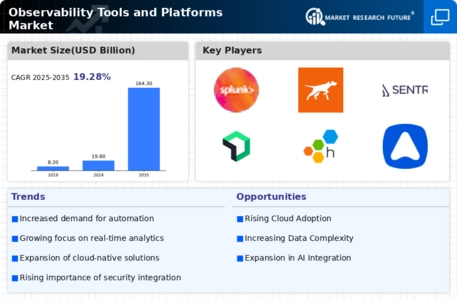
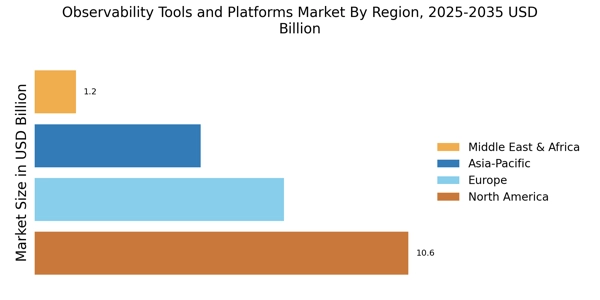

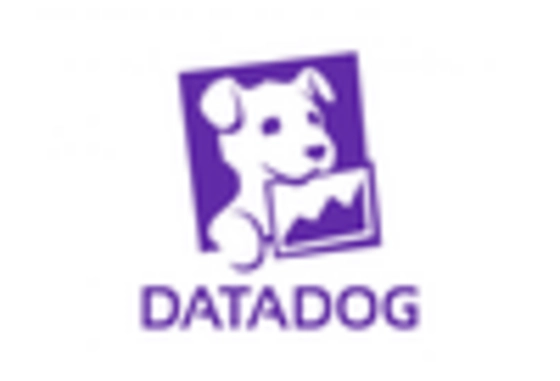
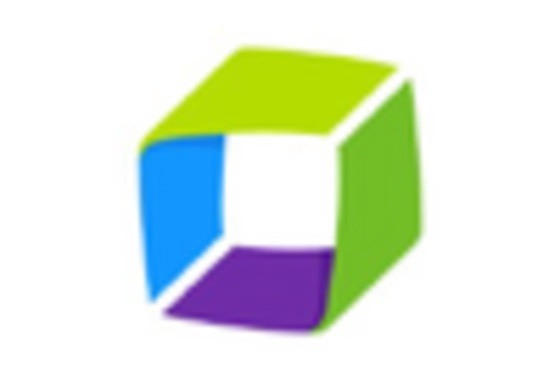

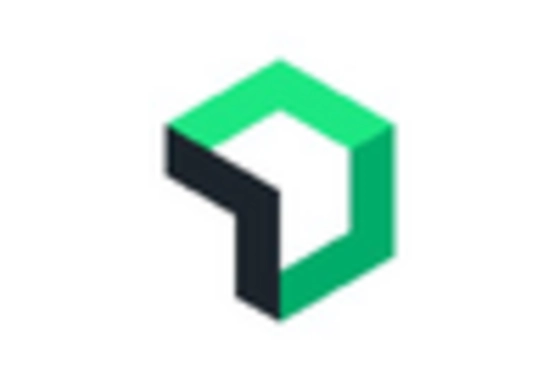









Leave a Comment